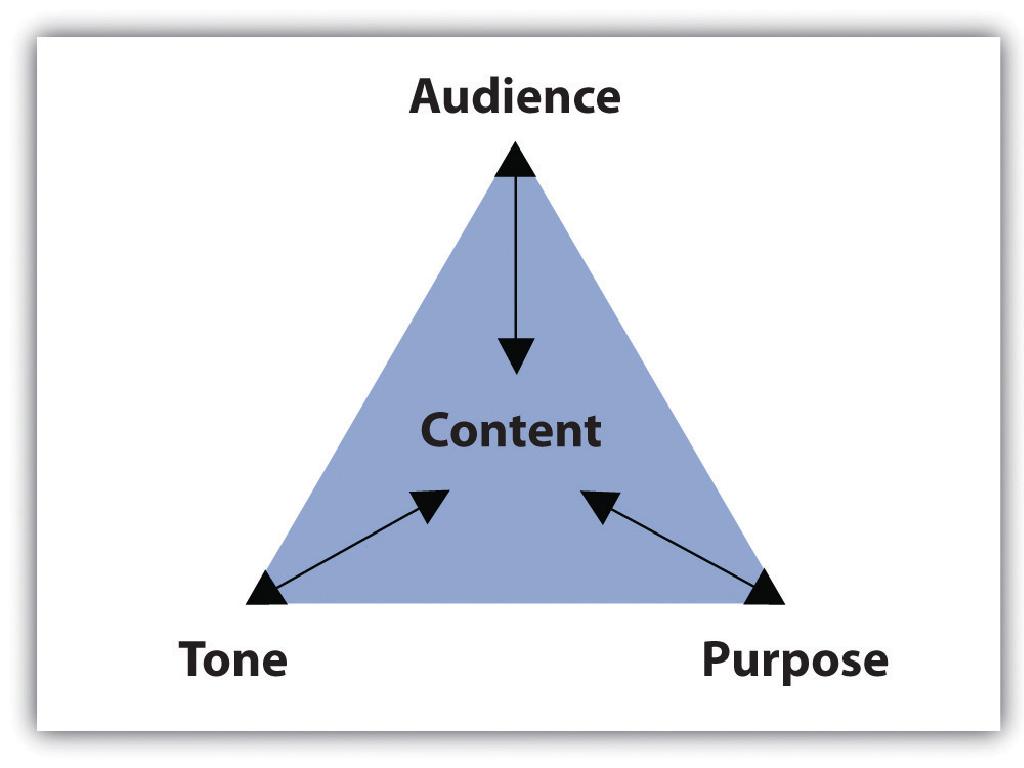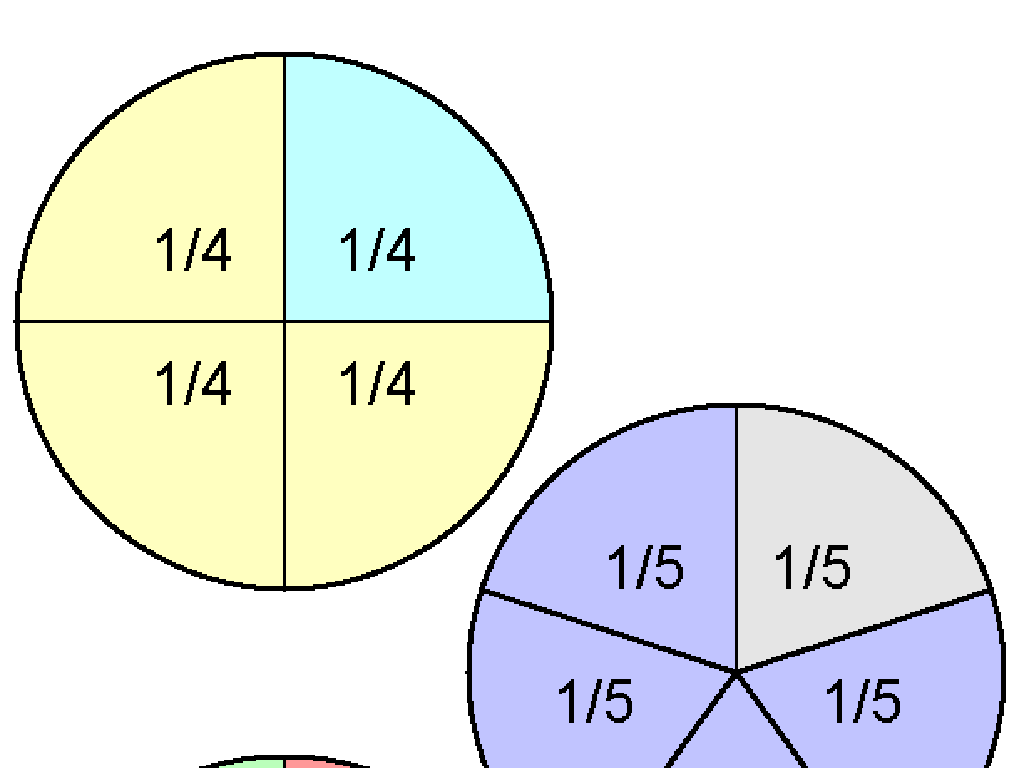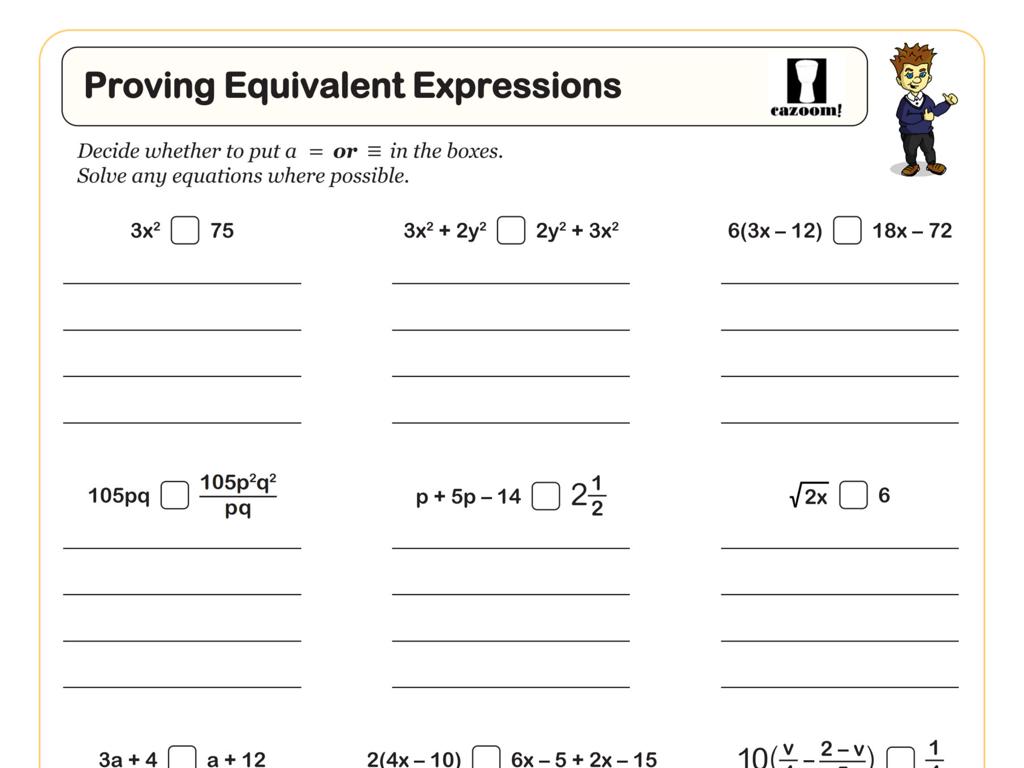Atomic Models And Periodicity
Subject: Science
Grade: High school
Topic: Chemistry
Please LOG IN to download the presentation. Access is available to registered users only.
View More Content
Exploring Atomic Models and Periodicity
– Dive into the atom’s world
– Atoms are the building blocks of matter.
– Significance of atomic models
– Atomic models help explain chemical behavior.
– Atomic models and the periodic table
– How atomic structure influences element properties.
– Today’s lesson overview
|
This slide introduces students to the fundamental concepts of atomic models and their connection to the periodic table. Begin by captivating their interest with the idea that everything they can touch, see, and feel is made up of atoms. Emphasize the importance of atomic models in understanding chemical reactions and properties. Discuss how the arrangement of electrons in atoms leads to the organization of elements in the periodic table, which is a powerful tool in chemistry. The lesson will cover historical models leading up to the modern understanding of the atom and periodicity. Encourage students to think critically about how these models have evolved over time and what that evolution has meant for the field of chemistry.
Understanding the Atom
– Atom: Basic unit of matter
– Smallest particle of an element, retains chemical properties
– Key components: Protons, Neutrons, Electrons
– Protons: positive charge, Neutrons: no charge, Electrons: negative charge
– Atomic number significance
– Atomic number: total protons in nucleus, defines element
– Mass number and its importance
– Mass number: sum of protons and neutrons, indicates atom’s mass
|
This slide introduces the fundamental concept of an atom, which is the basic building block of matter. Each atom consists of protons, neutrons, and electrons, which determine the atom’s properties and behavior. The atomic number is a critical concept as it defines the type of element and its position in the periodic table. The mass number, on the other hand, gives us the mass of the atom and is essential for understanding isotopes and atomic weight. Ensure students grasp the significance of these numbers and how they relate to the atom’s identity and stability. Provide examples of different elements to illustrate variations in atomic and mass numbers.
Historical Atomic Models
– Dalton’s Atomic Theory
– Atoms as solid, indivisible spheres
– Thomson’s Plum Pudding Model
– Atoms contain electrons within a ‘soup’ of positive charge
– Rutherford’s Nuclear Model
– Atoms have a central nucleus surrounded by electrons
– Bohr’s Planetary Model
– Electrons orbit the nucleus in fixed energy levels
|
This slide provides a historical overview of the development of atomic models, highlighting key contributions from Dalton, Thomson, Rutherford, and Bohr. Dalton’s model introduced the idea of atoms as indivisible spheres, laying the groundwork for modern chemistry. Thomson’s model suggested the presence of electrons within a positively charged ‘soup,’ leading to the discovery of the electron. Rutherford’s gold foil experiment revealed a central nucleus, drastically changing the understanding of atomic structure. Bohr’s model introduced the concept of quantized energy levels for electrons, which explained atomic emission spectra. Encourage students to understand how each model built upon the previous one, reflecting the evolving nature of scientific knowledge. Discuss the limitations of each model and how they paved the way for more advanced theories.
Modern Atomic Theory: Quantum Mechanics
– Quantum Mechanical Model
– Describes electrons in atoms as wave functions
– Electron orbitals and shapes
– Orbitals have distinct shapes like s, p, d, f
– Probability in electron positions
– Electrons are found in probable zones, not fixed paths
– Heisenberg Uncertainty Principle
– It’s impossible to know both position and velocity of an electron simultaneously
|
This slide introduces the Quantum Mechanical Model, which is the current and most accepted model of the atom. It explains that electrons are not in fixed orbits but in cloud-like regions called orbitals, each with a unique shape. The probability of finding an electron in a particular location is determined by the wave function. The Heisenberg Uncertainty Principle is a fundamental concept that states we cannot precisely measure both the position and momentum of an electron at the same time. This principle has profound implications on how we understand the behavior of particles at the quantum level. Encourage students to think about the difference between the earlier models and the quantum mechanical model, focusing on the nature of electron movement and position.
The Periodic Table: Unveiling Chemical Patterns
– Organization of elements
– Elements are arranged by atomic number, electron configurations, and recurring chemical properties.
– Periodicity in properties
– Elements show trends in electronegativity, ionization energy, and atomic radius across the table.
– Understanding groups
– Groups are columns with elements sharing valence electrons, leading to similar chemical reactions.
– Exploring periods
– Periods are rows representing energy levels; elements gain more protons and electrons as you move across.
|
This slide aims to introduce students to the structure and significance of the periodic table in understanding chemical elements. The organization of the periodic table is based on atomic numbers and electron configurations, which leads to the periodicity of element properties. Students should grasp how periodic trends like electronegativity and ionization energy vary across the table. Groups and periods are essential for predicting element behavior; groups categorize elements with similar properties, while periods indicate filling of electron shells. Encourage students to explore the periodic table and observe these patterns, as they are fundamental to mastering chemistry concepts.
Periodic Trends: Understanding Atomic Behavior
– Atomic and ionic radius concepts
– Atomic radius decreases across a period, increases down a group. Ionic radius varies with ion charge.
– Ionization energy explained
– Energy required to remove an electron from an atom. Increases across a period, decreases down a group.
– Electronegativity in elements
– Measure of an atom’s ability to attract electrons. Trends similar to ionization energy.
– Atomic models and periodic trends
– Models like Bohr’s and quantum mechanical model help explain the periodic trends observed.
|
This slide aims to introduce students to the key periodic trends in the context of atomic models. Atomic radius and ionic radius are foundational concepts that describe the size of atoms and ions, respectively, and how they change across the periodic table. Ionization energy and electronegativity are both related to the energy changes during electron transfer processes. Understanding these concepts is crucial for students to grasp how elements behave in chemical reactions. Atomic models, including Bohr’s model and the quantum mechanical model, provide the theoretical framework that explains the reasons behind these trends. Encourage students to consider how these trends influence the reactivity and properties of elements. Provide examples such as the small size and high electronegativity of fluorine making it one of the most reactive elements.
Real-life Applications of Periodicity
– Periodic trends affect reactivity
– Elements become more reactive based on their position in the periodic table.
– Everyday examples: Metals & Nonmetals
– Metals like sodium in salt; nonmetals like chlorine in pools.
– Metalloids in daily use
– Silicon, a metalloid, is crucial in electronics.
– Periodicity in technology
– Periodic trends are key in developing new tech materials.
|
This slide aims to connect the abstract concept of periodicity with tangible examples that students encounter in their daily lives. By understanding how the periodic table organizes elements by their properties, students can grasp why certain elements behave the way they do. For instance, metals tend to be good conductors and are reactive, which is why they’re widely used in cookware and construction. Nonmetals, on the other hand, have varied uses such as in water purification. Metalloids, especially silicon, are fundamental in the semiconductor industry. Highlighting the role of periodicity in the development of modern technology, such as in smartphones and computers, can spark interest in how chemistry is pivotal in innovation. Encourage students to think of other examples where periodic trends play a role, fostering a deeper appreciation for the subject.
Class Activity: Building a 3D Atom Model
– Create your own 3D atom model
– Use colored balls for protons, neutrons, and electrons
– Protons (red), neutrons (blue), electrons (yellow)
– Connect balls with sticks to represent bonds
– Sticks will show electron orbits or shells
– Label parts to demonstrate understanding
– Ensure each particle is correctly identified
|
This hands-on activity is designed to help students visualize and understand the complex structure of an atom. By using colored balls to represent protons, neutrons, and electrons, students can create a tangible model of an atom, which will aid in their comprehension of atomic theory. The activity will also reinforce the concept of atomic periodicity and the arrangement of electrons in shells or orbits. Teachers should provide clear instructions on how to represent each subatomic particle and encourage students to refer to the periodic table for atomic numbers and electron configurations. Possible variations of the activity could include building different atoms based on atomic number, creating ions by adding or removing electrons, or even constructing a simple molecule by combining atom models.
Conclusion: Atomic Models & Periodicity
– Recap of atomic model evolution
– From Dalton to Quantum Model, how our understanding of the atom has changed
– Review periodic trends
– How elements exhibit patterns in electronegativity, ionization energy, etc.
– Applications of periodicity
– Real-world examples: Reactivity in metals, nonmetals
– Q&A session
|
This slide aims to summarize the key points of atomic models and periodicity. Begin with a brief recap of the historical development of atomic models, emphasizing how each model built upon the previous one, leading to our current understanding. Review the periodic trends such as electronegativity, atomic radius, and ionization energy, and discuss their predictability across the periodic table. Highlight the applications of these trends in real-world scenarios, such as the reactivity series of metals. Finally, encourage students to ask questions or start discussions to clarify any concepts before concluding the lesson. This interactive session will help reinforce their knowledge and address any lingering uncertainties.






